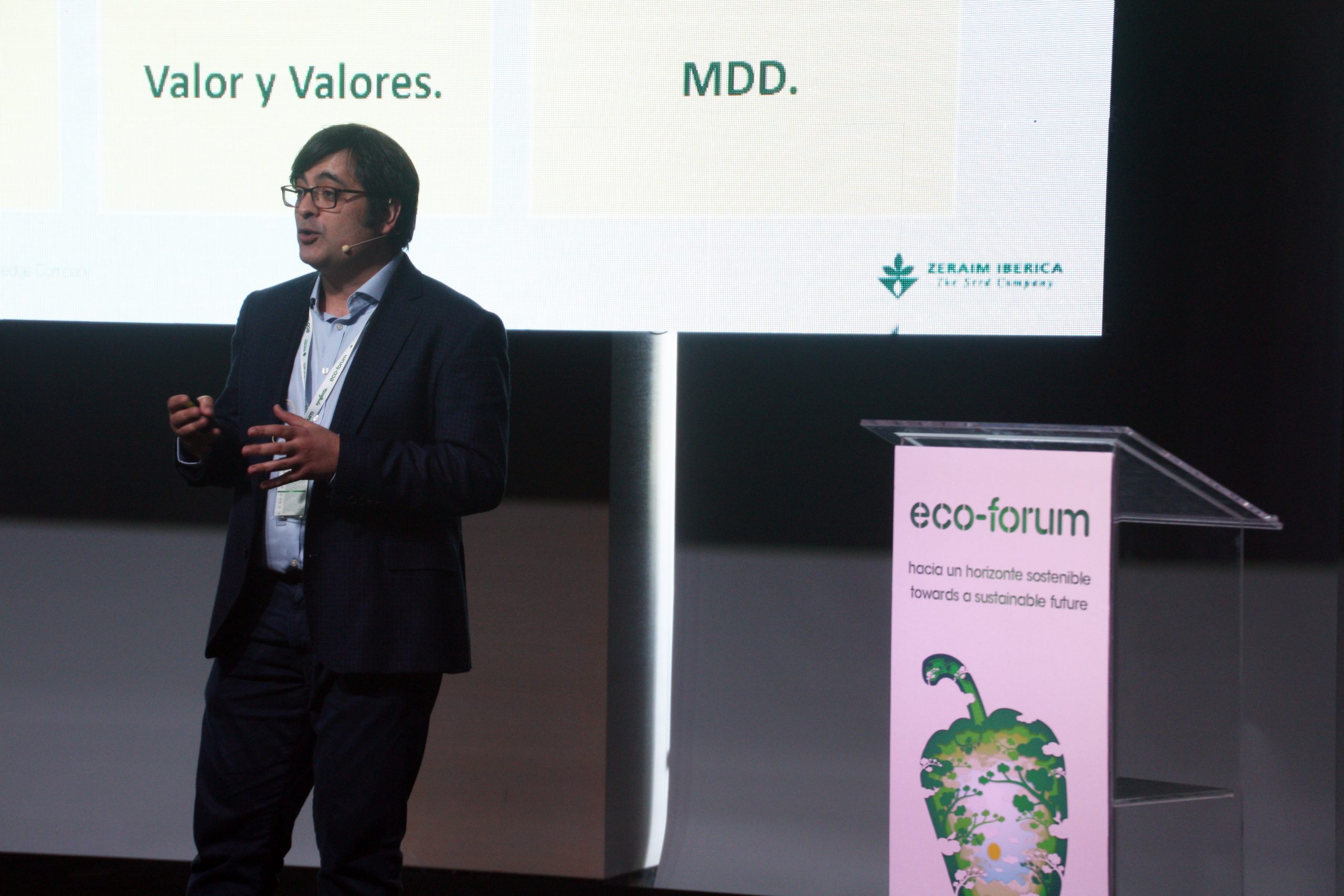Europe imports 19% less pepper from abroad than it did ten years ago. Intra-European imports have grown by 36%
European Union: Europe imports 19% less pepper from abroad than it did ten years ago. Intra-European imports have grown by 36% in the same period.
Spain: It is the largest producer and exporter in Europe, with more than 700,000 tons per year, and the second in the world.
Mexico: The largest exporters in the world. In 2017, it exceeded one million tons sold abroad (1,037,394). 29.6% of all the pepper exported in the world is Mexican.
United States: The country purchases 95% of the pepper that leaves Mexico and is the seventh producer worldwide. It is the largest importer in the world.
China: The Asian giant is the largest pepper producer in the world by far (44.5% of global total). Almost all the product is for internal consumption. In 2017, it produced more than 18 million tons.
Holland: Of the Europeans, it is second only behind Spain in terms of production and export. It is a world leader in performance, with 280 tons/ha., and the world’s third largest exporter.
Germany: The country leads imports in Europe and is second in the world. 61% is bought from Spain and 10% from outside the EU. Germany imports 20% more than it did in 2010.
Morocco: With 114,531 tons exported in 2017, it is the African country that sells the most peppers abroad, albeit not the largest producer.
United Kingdom: It is the third largest pepper importing country in the world. Almost all the pepper consumed is bought from abroad. It is also third in the world in terms of performance (242 tons/ha. in 2017).
India: In 2017, it surpassed China as the world leader in pepper production surface area, with 848,000 hectares.
Israel: Exports have plummeted in the last four years by almost 50%. In 2017, 60,787 tons were sold abroad.
Indonesia: It is a world power in surface area (3rd) and production (4th), but not in exports. In 2017, it dedicated 310,147 hectares to pepper.




